David Lillington – 18 March, 2013
The aerial metaphor - the cats in mid air - is oddly appropriate. Most Savvas pieces hang from the ceiling or from walls. If they don't exactly fly, they do hover. Even the Sliding Ladder pieces have something of this quality: they are geometric shapes, having, to all appearances, no real base or orientation, since any side could become a base.
“I have a very orderly syntax in my head. I throw my sentences into the air, like cats; I always know that they will land on their feet.” Theophile Gautier [1] used a rich vocabulary, but wrote plainly. The reader is carried along under a spell, waiting for the next twist in the story, which she knows will bring not just a development of the plot but new intellectual possibilities. And Gautier’s metaphors are never bad. Dazzling or corny, they always hit the nail on the head. He makes it look easy.
You can see where I’m going. Savvas‘s grammatical elements are many and varied, are at once concrete and abstract: materials normally used in mass-production or in ‘home industries’, alongside art historical allusions and evocations of psycho-somatic experiences. When she throws them into the air, what lands is coherent and unique. It’s an act of faith in art.
In both form and content her work is highly allusive. Painting, pound stores, sculpture and theory combine to produce something with an integrity all its own. The Sliding Ladder pieces are wood and wool constructions which call to mind 1970s home crafts. In so doing they summon any 20th century artist interested in colour, weaving, geometrical harmony or maths. And this without irony. How many artists can do that?
The work’s ‘parts of speech’ can be related to what Stephen Little calls its ‘references and trajectories’:
“They include, but are not limited to, art history, theory, subjectivity, aesthetics, memory, politics, the body, spatiality, identity, presence and absence, high art and low art.” [2]
He adds that there are so many that to list them all would be pointless.
The aerial metaphor - the cats in mid air - is oddly appropriate. Most Savvas pieces hang from the ceiling or from walls. If they don’t exactly fly, they do hover. Even the Sliding Ladder pieces have something of this quality: they are geometric shapes, having, to all appearances, no real base or orientation, since any side could become a base. So in our minds they are revolving and mobile, not stable like statues. This reflects Nike’s attitude to traditional sculpture, which is to break its rules.
The big piece here - and it’s stunning - is Liberty and Anarchy, 18 walls of plastic strips, 18 colours, through which a narrow alley winds, so you walk between the walls of colour, seeing through the gaps to the others, until, as Patricia Ellis [3] puts it, ‘the optical effects make you feel sick’.
What impresses me most about her work is its candour, its way of referring to everything that gave it birth without excuse. Modern art, things you make on the kitchen table, ideas about consciousness. It’s a form of optimism. The curator of the show Sarah Brown speaks of Savvas’s “honesty and openness and rigour.” This is right. Above all it has clarity of purpose.
“It’s very simple: you just need good syntax,” said Gautier. The exotic words in Gautier are decorations, sparks, while the prose is as simple as a copper cable along which runs the electricity of his ideas. Savvas’s sculptures are decorative, their structures simple. Energy and ideas flow through them. Savvas is interested above all, she says, in altered states. “And I use colour to activate that idea.”
Richard Holmes, who translated many of Gautier’s stories, says that his highly wrought style, the polish of his prose, “with its elegant turns and sudden precisions,” is an attempt “to contain a riot of sensation.” If it looks cool, this only reveals passion. This is precisely the case with Savvas’s art.
When Guy Brett curated Force Fields for the Hayward Gallery London in 2000, he argued that there was a neglected area of Modern Art history, that energy was the forgotten subject of 20th century art. Savvas’s subject is energy, and her forbears those artists who most specifically made it their focus. She is a torchbearer of this Modern tradition.
David Lillington
[1] Journal des Goncourt, 3 janvier 1857. Translation mine but see Richard Holmes’ introductory essay to his translations of Gautier’s stories, ‘My Fantoms‘, NYRB Classics, 2008.
[2] Stephen Little, “Nike Savvas: Colourful World of Love and Wonder”, Nike Savvas: Full of Love, Full of Wonder, Black Dog Publishing, 2012.
[3] A comment made during the public ‘In conversation’ session with the artist, 12 February 2013, at Leeds Art Gallery. Patricia Ellis contributes an essay, “Big Fat Greek Ozzy Sculpture (Cultural Learnings for the Glorious City of Leeds)”, to Nike Savvas: Full of Love, Full of Wonder, Black Dog Publishing, 2012.
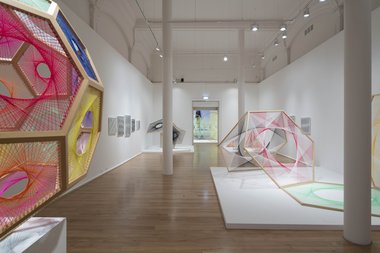
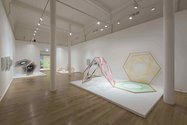
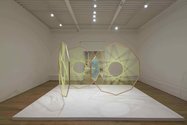

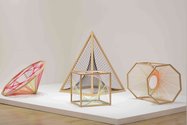
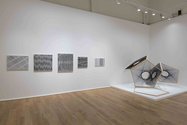
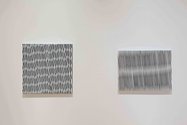
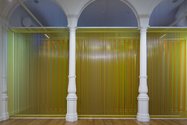
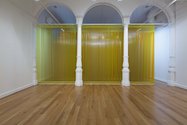
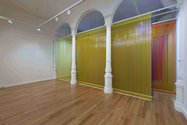
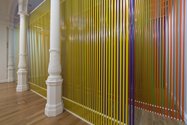
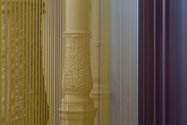
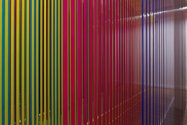
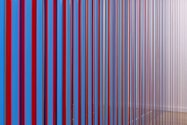
 Advertising in this column
Advertising in this column Two Rooms presents a program of residencies and projects
Two Rooms presents a program of residencies and projects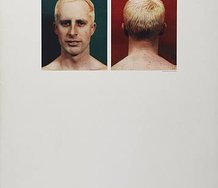

This Discussion has 0 comments.
Comment
Participate
Register to Participate.
Sign in
Sign in to an existing account.